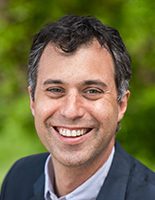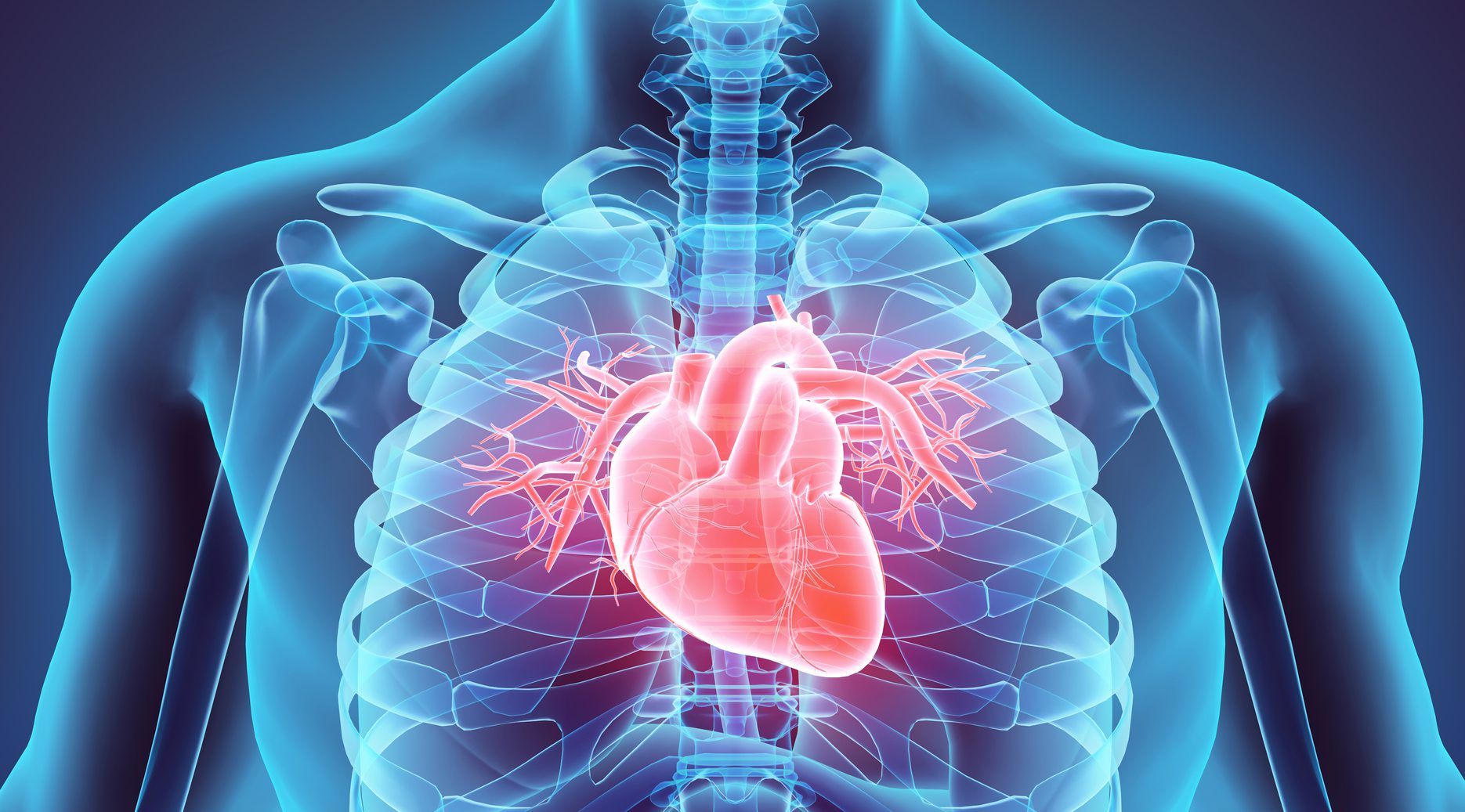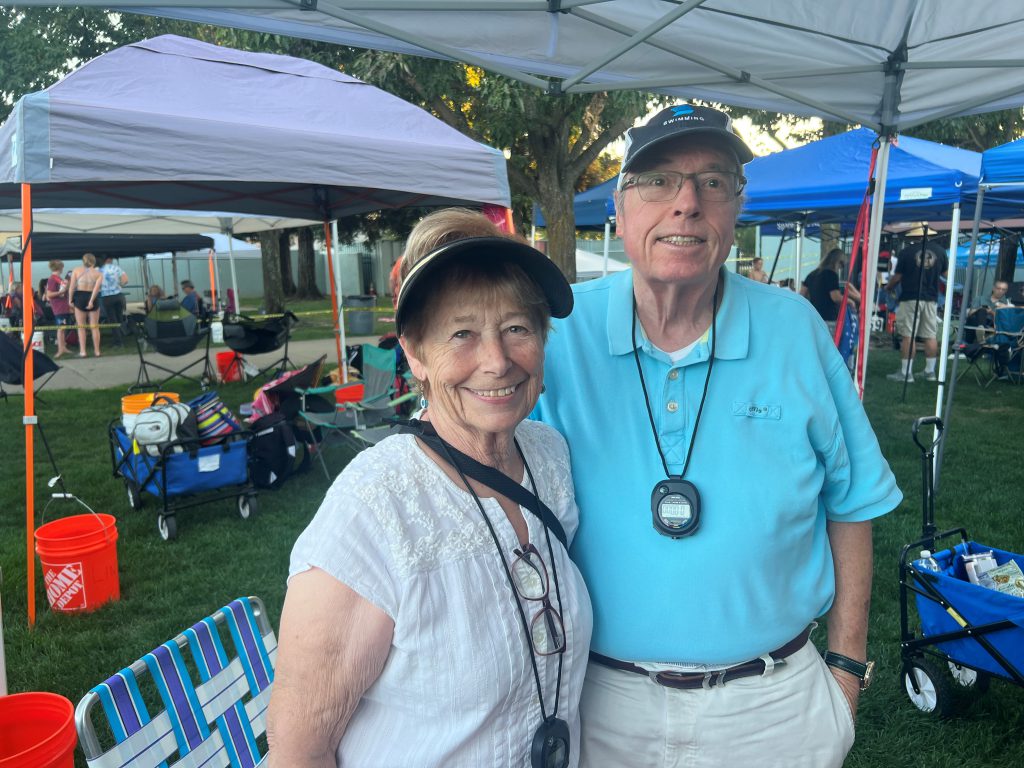A 58-year-old San Francisco man whose failing heart is being kept beating by a mechanical pump known as a left ventricular assist device is thought to be the first LVAD patient in the world to have his mitral valve replaced without having open-heart surgery.
The minimally invasive catheterization procedure was performed last month at Sutter’s California Pacific Medical Center in San Francisco (CPMC) by using an investigational, artificial mitral valve
For the patient, Andrew Knipe, the benefits of the procedure were immediately noticeable. He was able to breathe and walk almost normally after having suffered for months, barely able to get out of bed.
“Heart failure nearly stole my life and my cherished connection to loved ones,” says Knipe. “Never before had I considered myself in the ‘right place at the right time’ to fully recover from this illness. I am beyond grateful to have benefitted from the unparalleled research and care offered at CPMC.”
Uncharted territory, even for heart specialists
In 2020, Knipe’s failing heart was diagnosed with severe mitral valve regurgitation, which interrupts the normal flow of blood through the heart’s four valves. For some individuals with severe mitral regurgitation, there are two potential treatment options: either undergo open-heart surgery to repair or replace the valve, or have an investigational, artificial mitral valve implanted through an interventional cardiac procedure. Interventional cardiologists replace the mitral valve by threading the device through a vein.

Dr. David Daniels
David Daniels, M.D., co-director of Sutter’s Bay Area Structural Heart Program and a clinician-researcher at CPMC and Mills-Peninsula Medical Center, said, “Repairing the mitral valve is one option but can be insufficient. In some instances, it’s better for the patient to replace the valve altogether.”
However, never had a mitral valve been replaced through a catheterization approach with a patient who was implanted with an LVAD, which runs on an external battery that is often carried by the patient on a belt or pouch. To replace his diseased mitral valve with an artificial valve, doctors would need to be mindful of Knipe’s LVAD.
“This approach had never before been attempted worldwide for the treatment of severe mitral regurgitation in a heart with an LVAD, so Andrew’s procedure would be the first,” said Dr. Daniels.
Pioneering procedure
Although “unlucky” to be living with heart valve disease, Knipe was fortunate to be cared for by a multidisciplinary team of cardiovascular specialists at Sutter’s CPMC, including Dr. Daniels and colleagues Christian Spies, M.D., co-director of Sutter’s Bay Area Structural Heart Program, and Brett Sheridan, M.D., FACS, chair of Cardiac, Thoracic and Vascular Surgery.
Knipe’s team at CPMC had performed 12 artificial mitral valve replacements via the medical center’s participation in research.
“Research is helping significantly refine these heart valve repair technologies through studies of newer devices that may improve upon earlier approaches to prevent backward blood flow in the heart, and which can prevent the need for lifelong anticoagulant medications or repeat surgeries,” said Dr. Daniels.
The team discussed the risks and benefits with Knipe and were able to seek emergency use authorization (EAU) from the U.S. Food and Drug Administration to move forward.
About 5 million Americans each year are diagnosed with heart valve disease. For some people with the illness, treatment may be mostly straightforward to repair or replace a damaged heart valve. But for Knipe and others like him with additional complications, they are prevented from use of established approaches, which is why investigational devices and the discovery of new approaches is key to moving healthcare forward.
“We are proud to offer our patients access to clinical trials for advanced non-invasive implants and new techniques to help reduce treatment risks, speed recovery and extend quantity and quality of life—even in the most complex of cardiac cases,” said Dr. Daniels.





